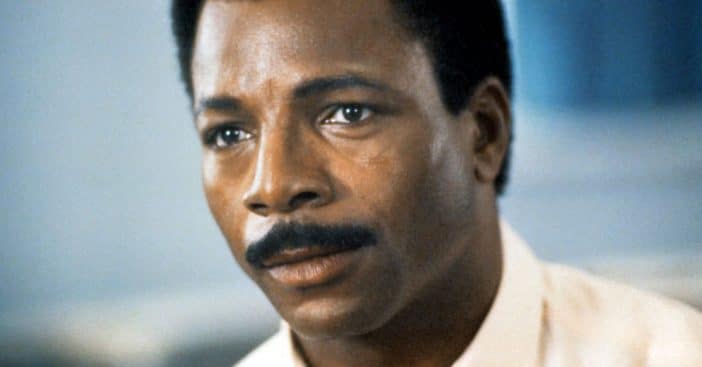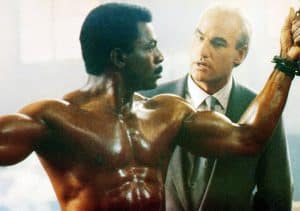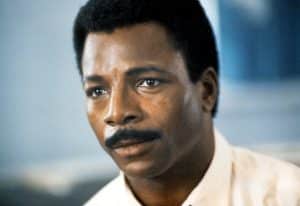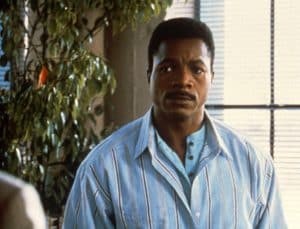
In the world of acting, Carl Weathers was unmistakably iconic opposite Sylvester Stallone in the Rocky franchise, as memorably to the series as its titular boxer. But Weathers had many other talents: a celebrated sports career and a lesser-known but just as skillful tenure as a singer and songwriter.
Weathers was in the eighth grade when he started pursuing sports in earnest, but even this demanding track would be put on the back burner so he could build an acting career in earnest. But even through all of that, he had a deep, profound, and prolific love affair with music, one that generated two songs: “That’s Love Calling” and “You Ought to Be with Me.”
Carl Weathers put his talents towards writing and singing music

Weathers eased into acting from football, first working as an extra while still playing. He turned in his kit in 1974 to put all his efforts towards acting. But Weathers, a man of many talents, also succeeded in the world of music, especially in 1981.
RELATED: Hollywood Remembers Carl Weathers As ‘Wonderful Colleague And Friend’: His Everlasting Impact
Weathers actually worked with soul writer songwriter Hadley Murrell for the 1981 single, “That’s Love Calling.” Like Weathers, Murrell proved himself a young prodigy, dedicating himself to music at just 14, reports Inspire More. Murrell would write for James Brown, Little Richard, and Peter Casey.
“That’s Love Calling” is as upbeat and lively as love should be when it comes calling, and exactly as you’d expect it to be when a song is co-written by Murrell, Dwight J. Emile, Ray Jackson, and, of course, Carl Weathers.
Carl Weathers set time aside for music, his true love

Weathers once said, “The first true love in my life is music.” His artist profile on Marmoset informs readers that Weathers “is directing his energies towards his love of music and is ‘gravitating towards an R&B fusion. A kind of Quincy Jones, Chaka Khan and Stanley Clarke.’” This followed the success of his work not just in Rocky but also in Predator and Action Jackson.

Indeed, his skill as a songwriter and singer can also be heard in “You Ought To Be With Me,” categorized as R&B, soul, and vintage, missing only the element of dance its predecessor had in its upbeat tempo. This one is slower, more melancholic, and shows the range of emotion Weathers was so able to tap into with everything he attempted.
As of February 1, the world is mourning Weathers’s passing at the age of 76, but also has much to celebrate in the treasure trove of remarkable work he left behind.
